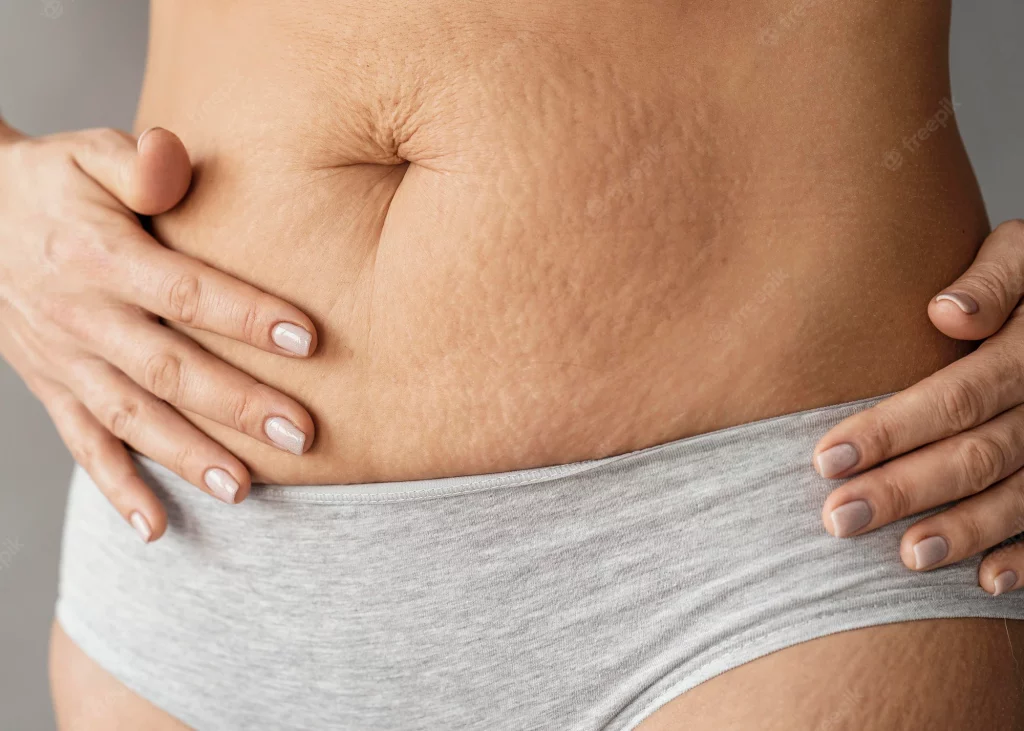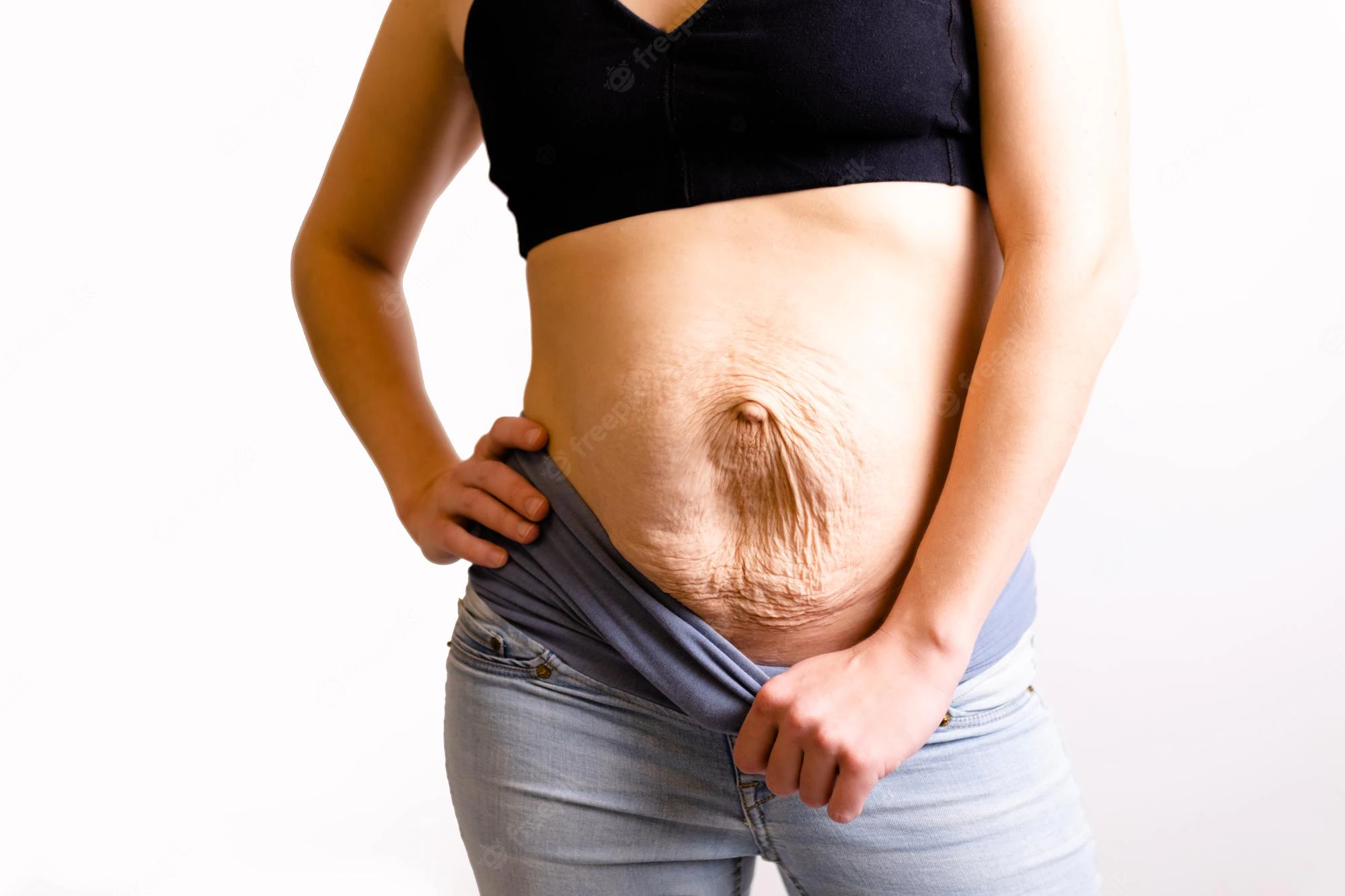Contents
- 1
- 2 Introduction
- 3 What are stretch marks?
- 4 What are the causes of stretch marks?
- 5 How can you treat stretch marks with tretinoin?
- 6 Side effects of tretinoin for stretch marks
- 7 What are stretch marks?
- 8 What causes stretch marks?
- 9 How do you treat stretch marks?
- 10 Side effects of tretinoin for stretch marks
- 11 What are stretch marks?
- 12 Causes of Stretch Marks
- 13 How to Treat Stretch Marks with Tretinoin
- 14 Side Effects of Tretinoin for Stretch Marks
- 15 What are stretch marks?
- 16 Types of Stretch Marks
- 17 How Tretinoin works to Treat Stretch Marks
- 18 Side Effects of Tretinoin for Stretch Mark Treatment
- 19 Conclusion
Introduction
Stretch marks are a common occurrence as we age, and can occur on any part of the body. They are caused by the skin stretching too rapidly, which can cause collagen and elastin to break down. tretinoin is a topical medication that has been shown to help improve the appearance of stretch marks. In this article, we will discuss the benefits of using tretinoin for stretch marks, as well as some tips on how to use it safely.
What are stretch marks?
Stretch marks, or striae distensae, are markings that indicate the elasticity of skin. They can appear on any body part, but are most commonly seen on the breasts, abdomen, hips, and thighs.
Tretinoin is a prescription medication that has been used to treat stretch marks for many years. It works by reducing the amount of collagen production in the skin. Collagen is a protein that helps keep skin elastic.
Tretinoin may be used alone or in combination with other medications. Side effects are usually mild and temporary, but should be discussed with your doctor.
Stretch marks are a type of scar that develops when the skin stretches or shrinks rapidly, often as a result of rapid weight gain or loss, pregnancy, or puberty. They typically appear as long, thin lines that may be pink, red, or purple at first, before fading to a lighter color over time. While stretch marks are not harmful, they can be a source of self-consciousness or embarrassment for some people, particularly when they occur in visible areas like the stomach, hips, thighs, or breasts. There are various treatments available to help reduce the appearance of stretch marks, including topical creams, laser therapy, and microdermabrasion.
What are the causes of stretch marks?
Stretch marks are the result of skin stretching and thinning. They can form on all parts of the body but are most common on the hips, thighs, breasts, and abdomen. The most common causes of stretch marks are childbirth, weight gain or loss, physical activity, and pregnancy.
There is no one cause for stretch marks, but they can be caused by a variety of things including hormonal changes during pregnancy, excessive skin shedding during growth or pregnancy-related blood loss, genetics and age. While there is no sure way to prevent stretch marks, many factors that can contribute to their development can be controlled.
If you are experiencing stretch marks, there are a few things you can do to help support your skin: avoid activities that cause skin stretching (like vigorous exercise), apply moisturizer regularly (especially in areas prone to stretchmarks), eat a healthy diet full of protein and fiber (which helps keep the skin elastic), and get adequate sleep. If you’re concerned about your stretch marks, talk to your doctor or dermatologist about whether tretinoin may be a good option for you. Tretinoin is a medication used to treat wrinkles and other signs of aging. It works by
How can you treat stretch marks with tretinoin?
Tretinoin is a retinoid that is often used to treat stretch marks. It works by helping to improve the skin’s texture and reduce the number of scarring.
Side effects of tretinoin for stretch marks
Tretinoin is a retinoid medication used to help reduce the appearance of stretch marks. However, there are side effects associated with this treatment.
Here are some of the side effects of tretinoin for stretch marks:
– irritation, redness, and swelling at the application site
– dryness and peeling
– sun sensitivity
What are stretch marks?
Stretch marks are scars caused by the stretching and tearing of the skin. They can occur anywhere on the body, but are more common on the abdomen, hips, thighs, and buttocks.
Tretinoin is a retinoid medication used to treat acne and skin discoloration. It is also sometimes used to treat stretch marks. The effects of tretinoin on stretch marks are not well known, but it may help improve their appearance by decreasing the appearance of scar tissue and promoting new collagen growth. There is no evidence that tretinoin is effective for all stretch marks, but it may be helpful in some cases. If you are considering using tretinoin to treat your stretch marks, discuss your options with your doctor first.
What causes stretch marks?
Tretinoin is a topical retinoid commonly used to treat acne. It can also be used to treat stretch marks, although there is limited evidence to support this use. Tretinoin may work by decreasing the production of collagen and other skin proteins.
How do you treat stretch marks?
There are many treatments for stretch marks, but the most common is tretinoin. Tretinoin is a topical cream that helps to reduce the appearance of scars and wrinkles. It is available over the counter in most pharmacies. You should apply tretinoin once or twice a day to the affected areas.
Side effects of tretinoin for stretch marks
There are side effects associated with the use of tretinoin for stretch marks. These side effects can include dryness, redness, peeling, and itching. It is important to be aware of these potential side effects and to speak with your doctor about any concerns you may have before starting treatment.
What are stretch marks?
Stretch marks are scars on the skin caused by repeated stretching and tearing of the skin.
Tretinoin is a retinoid commonly used to treat acne. It can also be used to improve the appearance of stretch marks.
Tretinoin is a topical medication that is applied to the skin. It works by increasing the production of new skin cells. This can help reduce the appearance of stretch marks.
Talk with your doctor about whether tretinoin is right for you, and be sure to follow all directions carefully.
Causes of Stretch Marks
Stretch marks (striae distensae) are markings on the skin that are caused by repeated stretching and displacement of the dermis.1 They can occur on any area of the body, but are most commonly seen on the thighs, buttocks, breasts, and abdomen.2 There is no one cause of stretch marks, but they are more common in women than in men.3
There is no one cure for stretch marks, but there are a number of treatments that can be used to help improve them. The most common approach is to use tretinoin (Retin-A), which is a topical cream that has been shown to improve the appearance of stretch marks by reducing their size and severity.4 Other treatments that have been shown to be helpful include dermal fillers such as Juvederm or Radiesse, laser resurfacing, and cryotherapy.5
How to Treat Stretch Marks with Tretinoin
Stretch marks are unsightly and can become more visible with age. Treatment options range from topical creams to surgery, but a popular choice for many is tretinoin.
Tretinoin is a retinoid that has been used in dermatology for more than 50 years. It is available as a cream, gel, or liquid and is prescribed by a doctor for the treatment of stretch marks, uneven skin tone, and wrinkles.
Tretinoin works by stimulating the production of new collagen in the skin. This can help to improve the appearance of stretch marks and reduce their severity. Additionally, tretinoin can help to lighten skin color and improve texture.
There are a few things to keep in mind when using tretinoin: First, it is important to apply it regularly so that the effects will be seen immediately. Second, it is important to avoid sun exposure while taking tretinoin because this can increase its sensitivity. Finally, be sure to talk to your doctor about any other treatments that may be appropriate for your specific case.
Side Effects of Tretinoin for Stretch Marks
There are a few potential side effects of tretinoin for stretch marks. The most common include redness, dryness, and peeling. There is also a risk of developing skin cancer with long-term use of tretinoin, although this is relatively rare.
In general, the side effects of tretinoin for stretch marks are mild and usually go away after treatment is discontinued. If you experience any concerning side effects while taking tretinoin, be sure to speak with your doctor.
What are stretch marks?
Stretch marks are permanent scars that form when skin is stretched or pulled too tightly. They can appear on any body part, but are most common on the abdomen, breasts, thighs, and buttocks.
Tretinoin is a topical cream that has been used for decades to treat stretch marks. Tretinoin works by reducing the inflammation and scarring that occurs with stretch marks. It is also effective in fading existing stretch marks.
There are a few things you can do to help improve your chances of success with tretinoin treatment:
– Talk to your doctor about whether tretinoin is a good option for you. If your doctor approves, make sure to follow the treatment instructions carefully.
– Get regular skin exams to check for any new or worsening stretch marks. If you notice any changes, get checked out immediately.
– Get plenty of exercise and avoid restrictive clothing if possible. This will help keep your skin elasticity high and improve its ability to heal from injury.

Types of Stretch Marks
There are a few types of stretch marks that can occur.:
Hypertrophic stretch marks are the most common kind and are caused by an increase in the size of the underlying tissues. They tend to appear more prominently on the chest, abdomen, and thighs.
Ulcerative stretch marks are caused by an infection that attacks the skin. These scars first form as red bumps and then become long, thin streaks. They’re most commonly seen on the face, chest, and upper legs.
Compound or striated stretch marks are caused by repeated contractions and expansions of the skin. They usually show up as lines or stripes that run parallel to each other. They’re more common in people who have a lot of muscle mass or large amounts of fat distributed throughout their bodies.
How Tretinoin works to Treat Stretch Marks
Tretinoin is a medication that can help to treat stretch marks. It works by helping to promote the healing of the skin.
Side Effects of Tretinoin for Stretch Mark Treatment
Tretinoin is a topical cream that is used to treat wrinkles, acne scars, and stretch marks. It is also used to treat other skin conditions. Side effects of tretinoin include dryness, redness, and peeling.
Conclusion
If you’re struggling to get rid of stretch marks, you might want to consider using tretinoin. This topical cream is known to help improve the appearance of scars and can be used in a variety of ways, including by applying it directly to the stretch marks themselves. While it may not be a permanent solution, tretinoin can provide some relief for people who are looking for something that will work.


